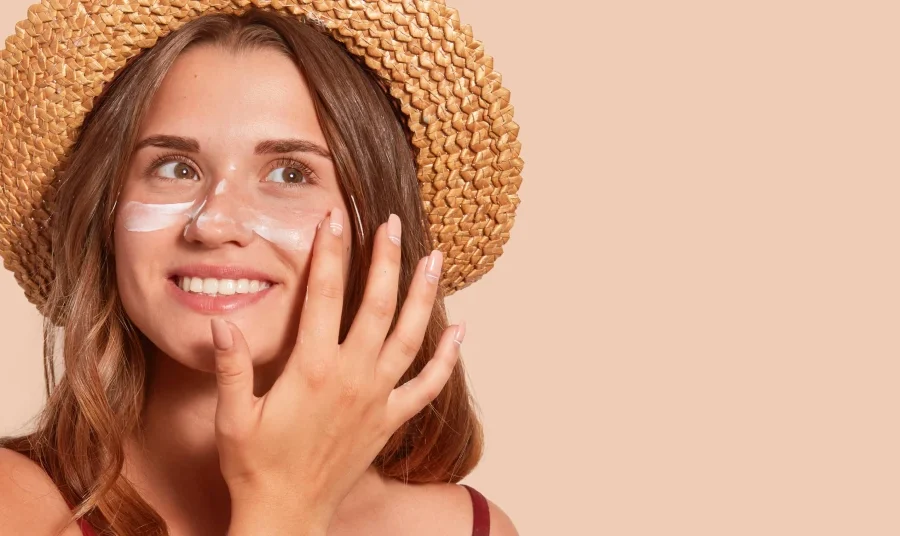The secret to your hair’s beauty is a properly chosen conditioning product. What to look for in the ingredients to achieve the desired effect?

Hair of Your Dreams: How to Choose a Conditioner That Delivers Results
To have beautiful and healthy hair, you need to learn how to choose care products, especially conditioners: conditioner, balm, or mask.
Unfortunately, it’s not enough to choose a well-advertised and popular product — there’s a high chance it won’t suit you. This is not surprising, as everyone’s hair and its needs are absolutely different.
So instead of blindly searching and constantly choosing the wrong product, it’s better to first understand what effect you want and how it can be achieved, considering your hair’s individual characteristics.
Why Do You Need a Conditioner?
The most important thing to understand when buying any cosmetic product is its function. No matter how beautiful the advertisement is and how loud the manufacturer’s promises are, no cosmetic product can work magic.
For instance, if your hair is porous and curly, a conditioner won’t make it perfectly smooth. Similarly, conditioners or masks do not change the structure of the hair shaft or restore it.
However, despite this, the conditioning stage is extremely important if you want to maintain the health and beauty of your hair.
The substances in the base of a conditioning product create a film on the hair shaft that helps maintain the cuticle’s integrity, protects against external influences, and prevents moisture loss.
Thanks to conditioning, hair becomes smooth, shiny, manageable, easy to comb, and non-static
Hair Type and Your Main Goal
Note that when we talk about “hair types,” we do not mean: dry, normal, and oily. These characteristics relate to the scalp and are more important when choosing a shampoo.
Hair can be:
- Fine, medium, or thick
- Natural, dyed, or bleached
- Straight or curly
- Porous or non-porous
- Damaged or undamaged
Understanding these features will help you find the product that will suit your hair and provide the desired effect.
The effect you want can vary: smoothing, defining curls, reducing frizz, adding shine, thickening, or increasing volume.
Main Helpers in Conditioners
To choose a product that can meet your needs, it’s not enough to just read the manufacturer’s promises. To get the desired result, you need to learn to read the ingredients.
In conditioning, we are interested in emollients, moisturizing components, proteins, cationic surfactants, and polymers.
Emollients
Emollients create a film on the hair shaft that protects it and prevents moisture loss.
Emollients in conditioners include fatty alcohols, oils, and silicones.
Fatty alcohols — they untangle hair and make it manageable.
Examples:
- Cetyl alcohol
- Stearyl alcohol
- Cetearyl alcohol
- Lauryl alcohol
Oils — strengthen the lipid layer, add light shine, and soften hair.
Examples:
- Butyrospermum Parkii (Shea Butter)
- Coconut Oil
- Jojoba Oil
- Olive Oil
Silicones — coat the hair shaft with a protective film, untangle, add shine and softness. They can be water-insoluble or volatile.
Water-insoluble silicones are the most popular. They smooth the hair shaft, weigh it down, and can accumulate.
Examples:
- Amodimethicone
- Dimethicone
- Dimethiconol
Volatile silicones smooth instantly, but do not form a film, do not weigh down, and do not accumulate.
Examples:
- Cyclomethicone
- Cyclopentasiloxane
- Cyclotetrasiloxane
Cationic Surfactants and Polymers
Cationic surfactants and polymers prevent static, close the cuticles, and smooth the hair. They adhere particularly well to damaged areas of the hair shaft.
Examples:
- Behentrimonium Chloride
- Cetrimonium Chloride
- Guar Hydroxypropyltrimonium Chloride
- Polyquaternium-7, 37, 44
Proteins
Proteins are capable of integrating into the hair shaft structure, making it stronger, thicker, and more elastic.
Examples:
- Hydrolyzed Wheat Protein
- Hydrolyzed Keratin
- Hydrolyzed Silk Protein
Moisturizing Components
Moisturizing components help retain moisture inside the hair shaft, prevent dryness, and reduce breakage. They have the ability to attract water from the outside, thus enhancing frizz.
Examples:
- Glycerin
- Propylene Glycol
- Panthenol
- Sodium PCA
Beauty Cheat Sheet: A Conditioner That Meets Your Needs
Of course, your desires for the effect on your hair may change, even several times a month, and remembering different groups of components can be difficult. So save this guide to always get the “wow” effect:
| I want | I choose |
|---|---|
| To make fine hair thicker and stronger | More proteins, fewer water-insoluble silicones and cationic surfactants |
| More defined curls | More proteins, oils, and cationic polymers, fewer silicones |
| Perfect smoothness | More fatty alcohols, silicones, and cationic surfactants |
| To soften coarse hair | Fatty alcohols, silicones, cationic surfactants |
| To add healthy shine to natural hair | Oils |



1 Comment